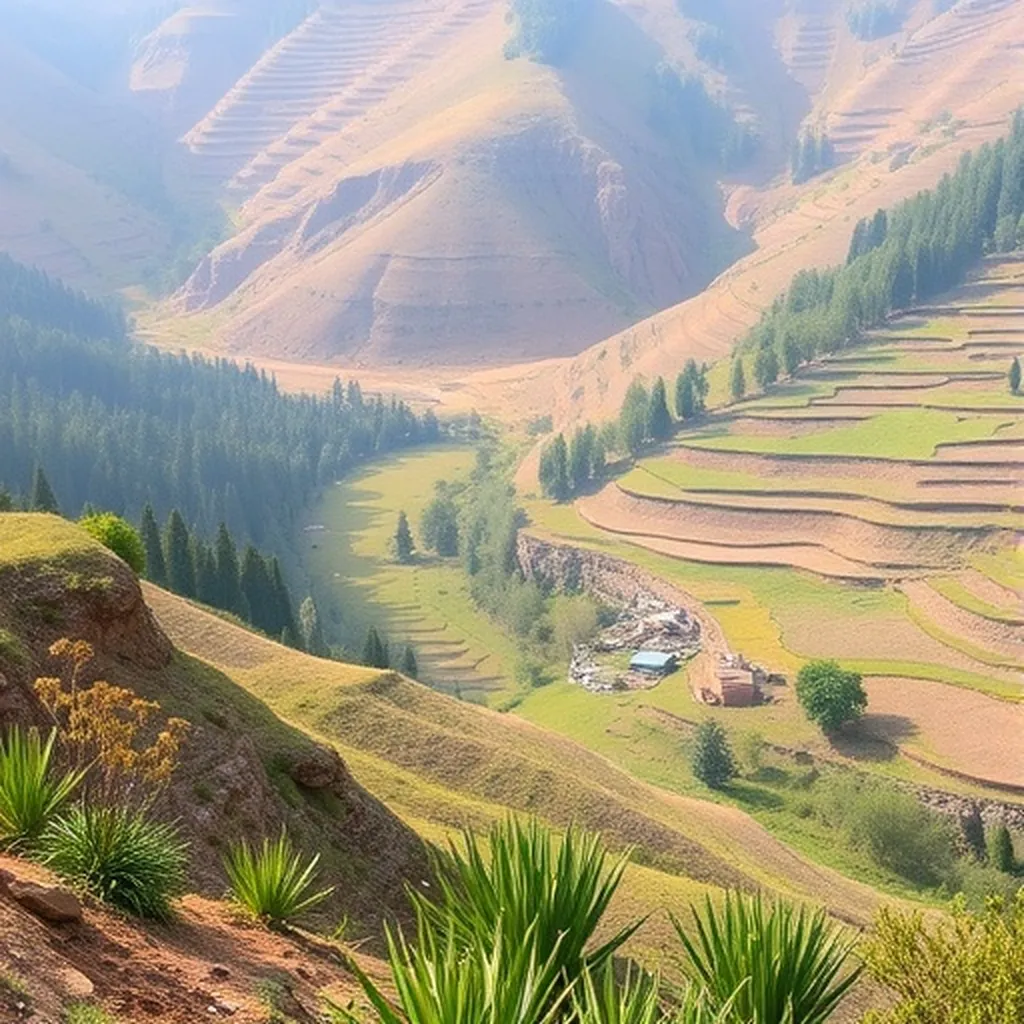In the heart of the Central Himalayas, a recent study published in *Discover Agriculture* sheds light on the intricate balance between sustainable agriculture and ecosystem services in the Urgam Valley of Uttarakhand. Led by Ashok Kumar Meena from the Department of Environmental Sciences at Hemvati Nandan Bahuguna Garhwal University, the research offers a nuanced look at how traditional farming practices are intertwining with modern agricultural economics to shape the future of subsistence farming in the region.
The study, which surveyed over 70% of the population across five village clusters, reveals a landscape where agriculture is not just a livelihood but a critical ecosystem service. “Agriculture here is deeply embedded in the cultural and ecological fabric of the community,” Meena explains. “Understanding its patterns, productivity, and economic implications is key to ensuring its sustainability.”
The findings highlight significant variations in crop productivity across different villages. Urgam, for instance, emerged as a high-performing region with impressive yields for potatoes (2363.125 kg/ha), wheat (1170 kg/ha), and finger millet (558.125 kg/ha). In contrast, Bharki struggled with lower yields for barley (414.375 kg/ha) and mustard (313.75 kg/ha). These disparities underscore the need for tailored agricultural strategies that consider local conditions and resources.
One of the study’s most compelling insights is the Harvest Index (HI), which measures the efficiency of grain production relative to overall biological yield. Barnyard millet in Bharki and finger millet in Urgam showcased the highest HI values, indicating efficient resource conversion. Conversely, amaranthus in Urgam had the lowest HI, suggesting room for improvement. “These findings point to the potential for enhancing productivity through targeted interventions,” Meena notes.
The economic analysis revealed that human and animal labor form the bulk of input costs, highlighting an over-reliance on traditional labor practices. However, kidney beans stood out with the highest output-input ratio of 3.95, demonstrating their potential as a lucrative cash crop despite the labor-intensive processes involved. This insight could open new avenues for commercial farming in the region, providing economic benefits while preserving traditional practices.
The study also offers policy recommendations aimed at fostering sustainable agriculture in the Urgam Valley. These include enhancing soil health, supporting the cultivation of indigenous crops, adopting climate-smart agriculture approaches, and integrating traditional knowledge with modern technologies. “By combining the best of both worlds, we can help farmers adapt to both subsistence and commercial farming,” Meena suggests.
The implications of this research extend beyond the Urgam Valley, offering valuable insights for agricultural economies in similar regions. As climate change and economic pressures continue to reshape the agricultural landscape, the study’s findings could guide future developments in sustainable farming practices. By balancing productivity with ecological sustainability, the Urgam Valley could serve as a model for other communities grappling with similar challenges.
In an era where the intersection of agriculture, ecology, and economics is more critical than ever, this research provides a roadmap for fostering resilience and prosperity in subsistence farming communities. As Meena and his team continue to explore these themes, their work will undoubtedly shape the future of sustainable agriculture in the Central Himalayas and beyond.

